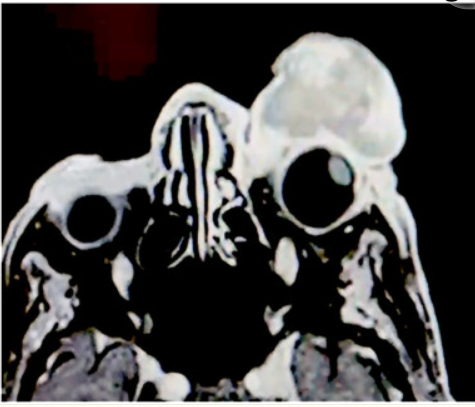
A study assessed how treatment regularity among patients receiving intravitreal aflibercept injections for neovascular age-related macular degeneration (AMD) impacts visual acuity outcomes.
The study included patients enrolled in the PERSEUS trial who received at least seven injections during the first year (n=370). Patients were stratified into treatment-naïve and previously treated subgroups and were further compared by whether they received regular (n=209) or irregular (n=161) treatment. Regular treatment was defined as three months of monthly intravitreal aflibercept injections followed by bimonthly injections until month 12. Irregular treatment was defined as anything other than regular treatment, assuming patients received at least seven injections. The main outcome was mean 12-month change in visual acuity; additional outcomes included visual acuity gain or loss, proportion of patients achieving reading vision, and percentage of patients with fluid.
The mean (± standard deviation [SD]) 12-month improvement in visual acuity was greater in the regular cohort (6.1 ± 15.6 Early Treatment Diabetic Retinopathy Study letters) compared with the irregular cohort (2.5 ± 16.7 letters) (P=0.0514). The treatment-naïve regular subgroup had the best outcomes, with a mean (± SD) visual acuity improvement of 8.0 ± 17.7 letters—significantly greater compared with the treatment-naïve irregular treatment subgroup (2.8 ± 20.0 letters). Among treatment-naïve patients, irregular treatment was consistently predictive of inferior outcomes. A greater proportion of treatment-naïve patients had a worsening of at least five letters in the irregular treatment group compared with the regular treatment group (29.6% vs. 13.6%; P=0.0049), but treatment-naïve irregular patients had a significantly higher mean (± SD) number of injections than the regular patients (8.0 ± 1.2 vs. 7.4 ± 0.6; P=0.0001). Treatment-naïve irregular patients, compared with regular patients, had more visits (19.1 ± 8.6 vs. 16.1 ± 5.7), visual acuity tests (14.2 ± 6.9 vs. 12.0 ± 4.6), and optical coherence tomography examinations (5.1 ± 3.7 vs. 3.4.0 ± 3.0).
The researchers concluded that despite having more visits and injections than regularly treated patients with neovascular AMD, patients who receive irregular intravitreal aflibercept injections for their disease had poorer visual acuity outcomes.







 © 2025 Mashup Media, LLC, a Formedics Property. All Rights Reserved.
© 2025 Mashup Media, LLC, a Formedics Property. All Rights Reserved.